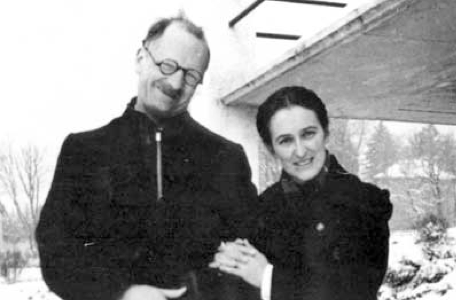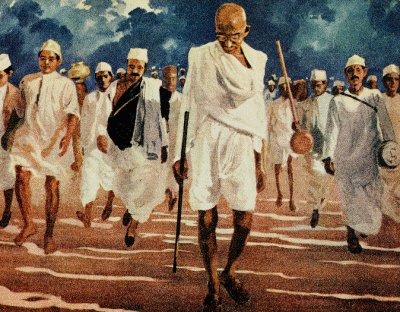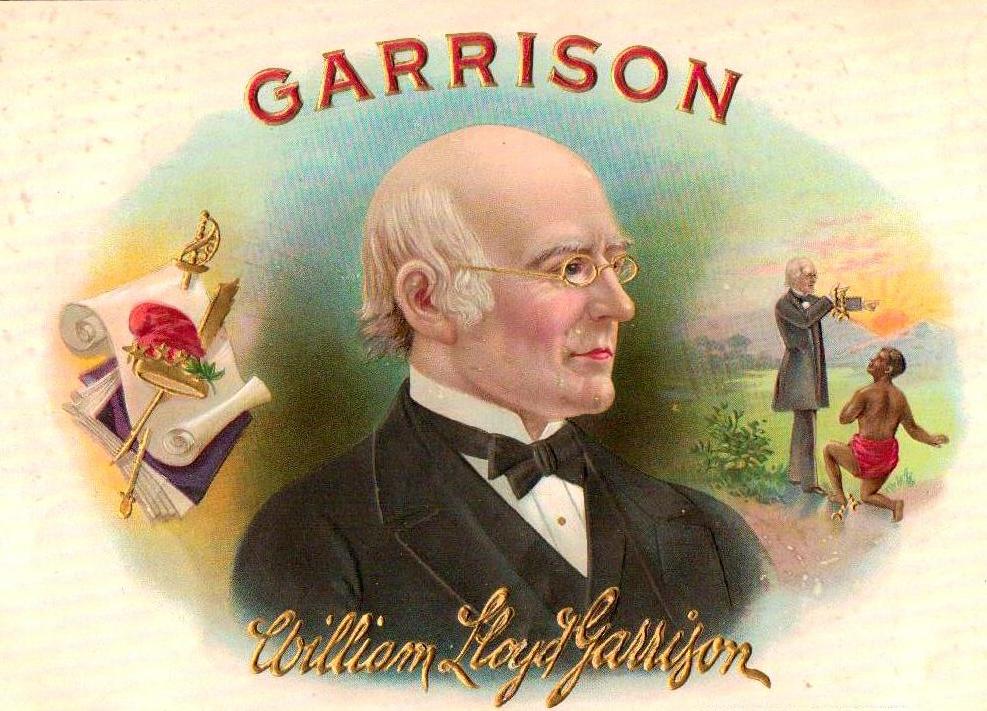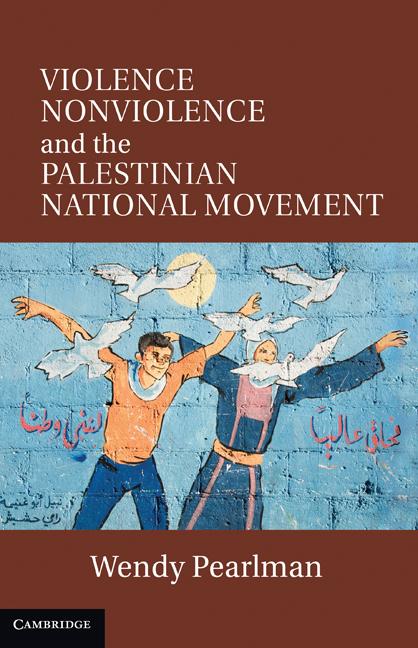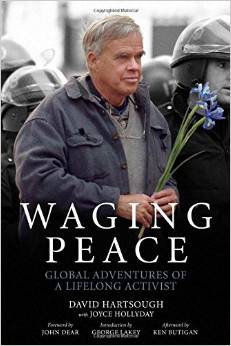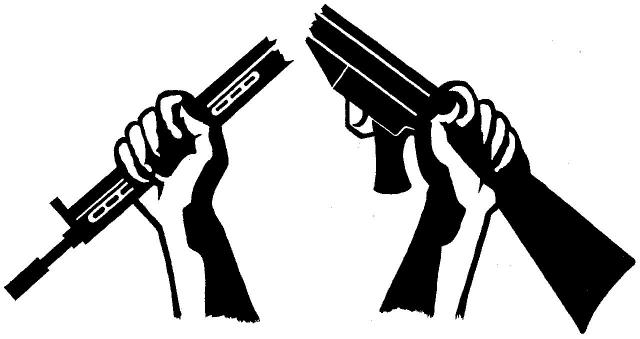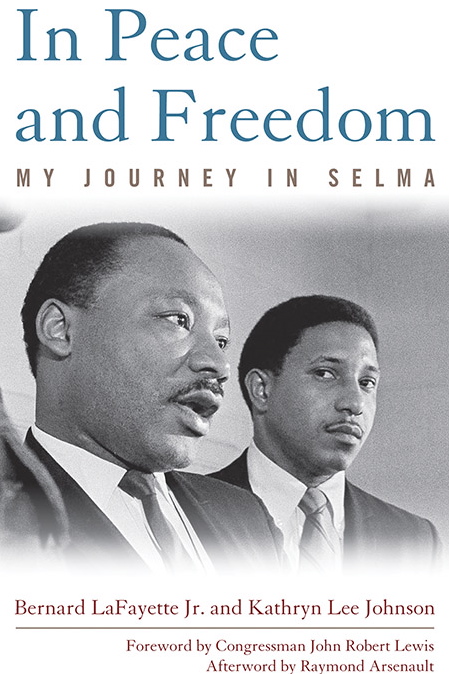by Rev. Dr. John Haynes Holmes
Editor’s Preface: This is the text of a sermon John Haynes Holmes preached to his congregation at the Community Church, New York City in March 1922. It was published in pamphlet form in April of that year, and is one of the earliest extant US statements about the significance of Gandhi, although Haynes also mentions a previous sermon to his congregation some months before, which could not be retrieved. This continues our series of postings of original, historical documents. See the notes at the end for further textual and biographical information. JG
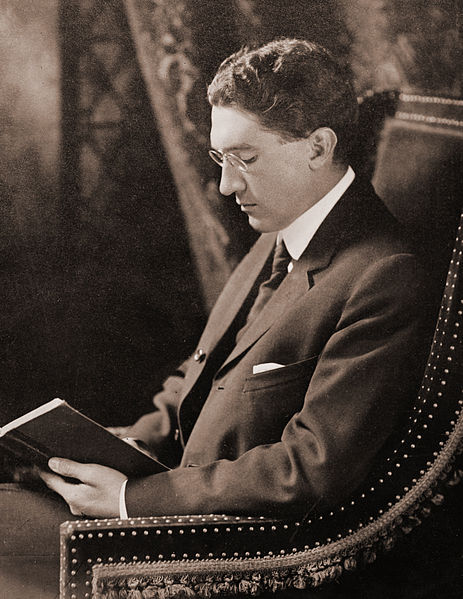
Portrait of John Haynes Holmes, courtesy of commons.wikimedia.org
As I enter this morning upon the discussion of Mahatma Gandhi, of India, and of the universal significance of the work which he is doing in his native country, I am irresistibly reminded of the day, which was not so long ago, when I first had the pleasure of presenting this man to this congregation, and of declaring my conviction, the same now as it was then, that Gandhi is incomparably the greatest man now living in the world. How the situation has changed in these few months! At that time Gandhi’s name was practically unknown outside the borders of India. I hit upon it by the merest chance; and, although I came to feel upon the instant that here was a creative spiritual genius of the first order, my information was of the meagrest description. Furthermore, all endeavors to get additional information met with failure.
Today, however, Gandhi’s name is appearing on the first pages of all the newspapers. Scores of articles have been published in the magazines and reviews of this country, England and the continent. A great journal, the New York World, sends its leading correspondent to India to “spy out the land,” and he returns to write of Gandhi and his policy of nonviolence and non-cooperation. From almost utter obscurity, this man mounts in a few months to a fame as universal as it promises to be immortal. He holds today the center of the world’s attention. That position of primacy held so proudly by Woodrow Wilson in 1918 and 1919, and by Vladimir Lenin in 1920 and 1921, is now occupied by a little Oriental who has never held any official position, who seeks neither glory nor power, and who languishes this day behind the bars of an English jail.
Read the rest of this article »
